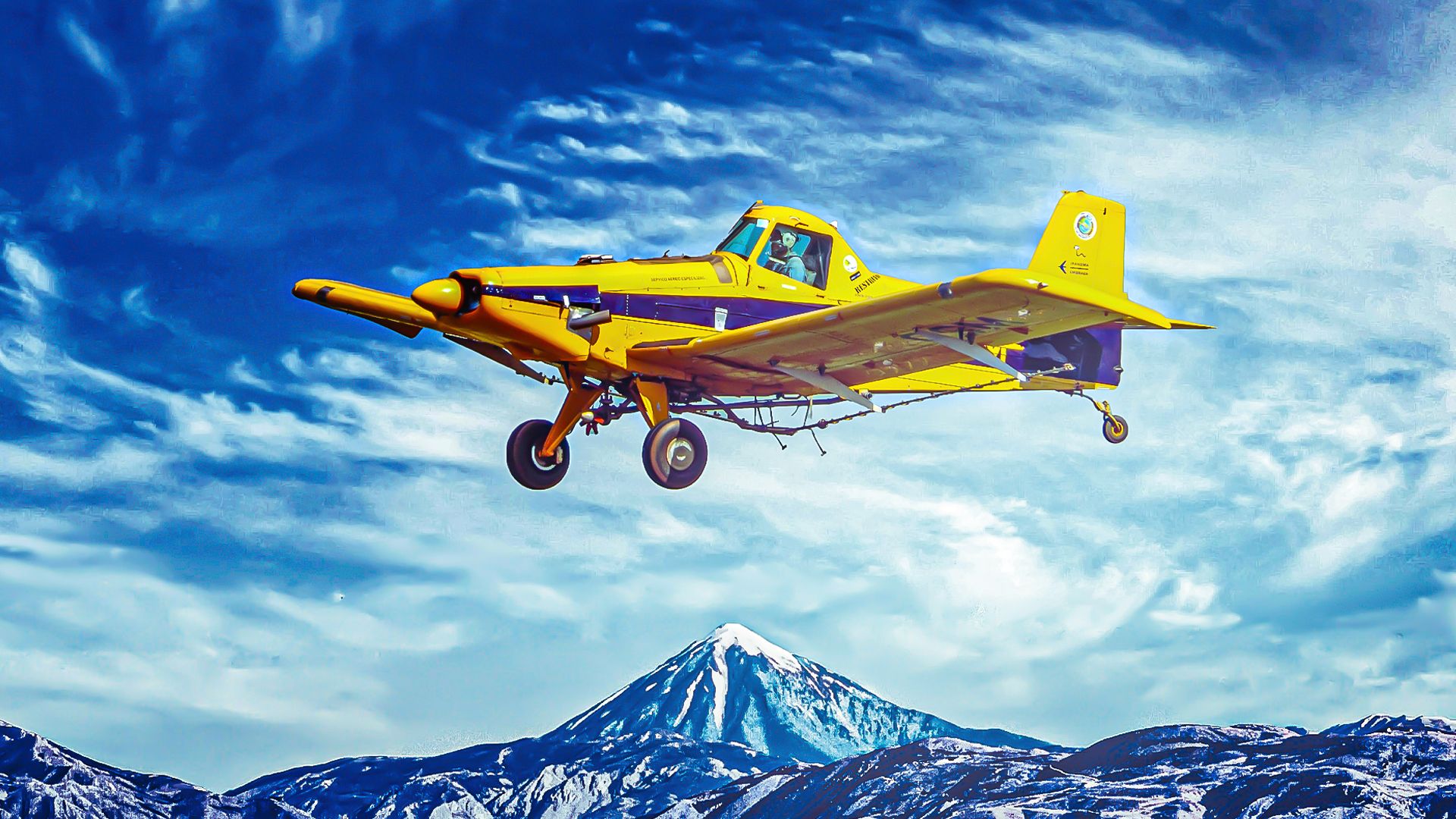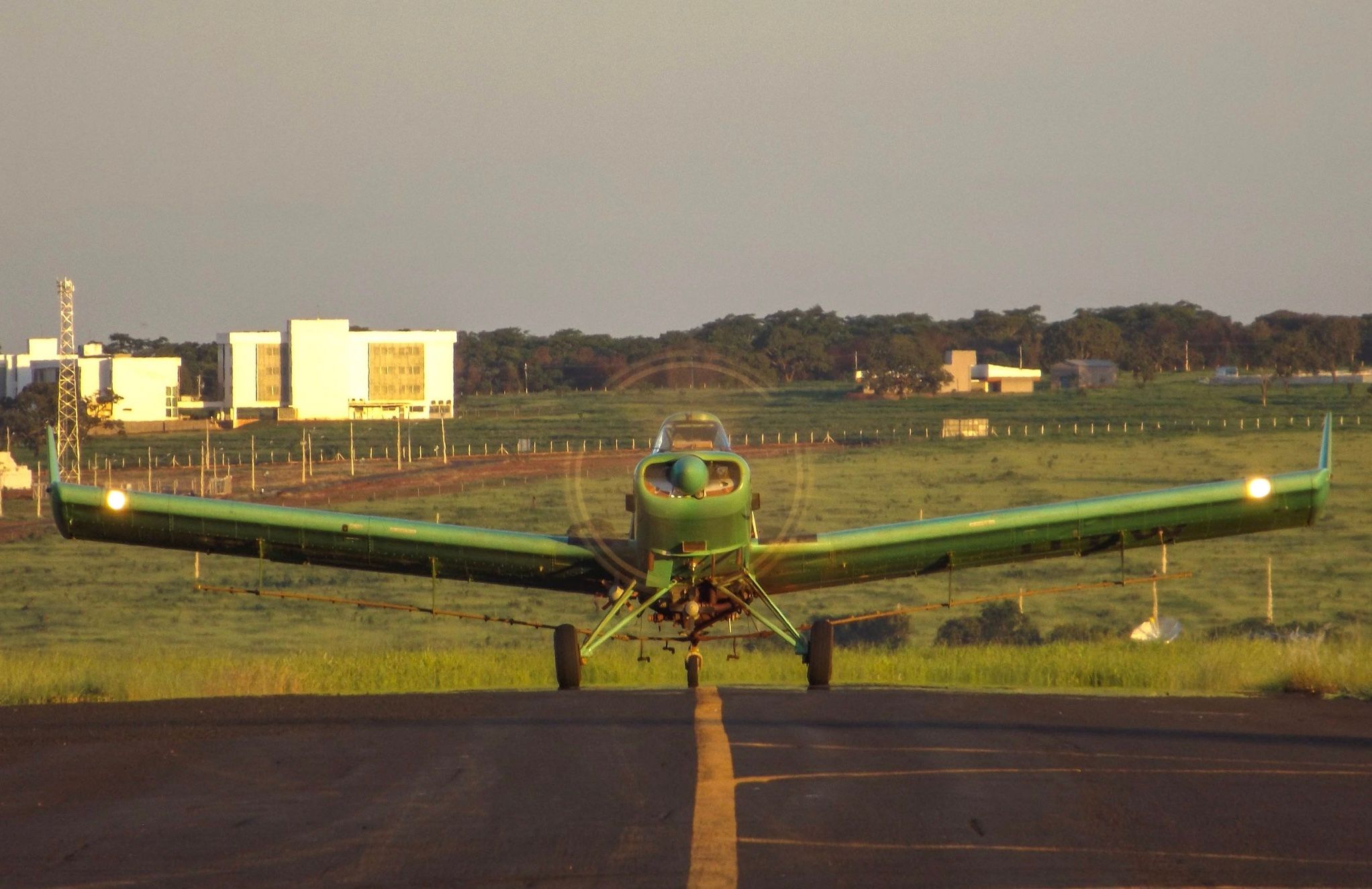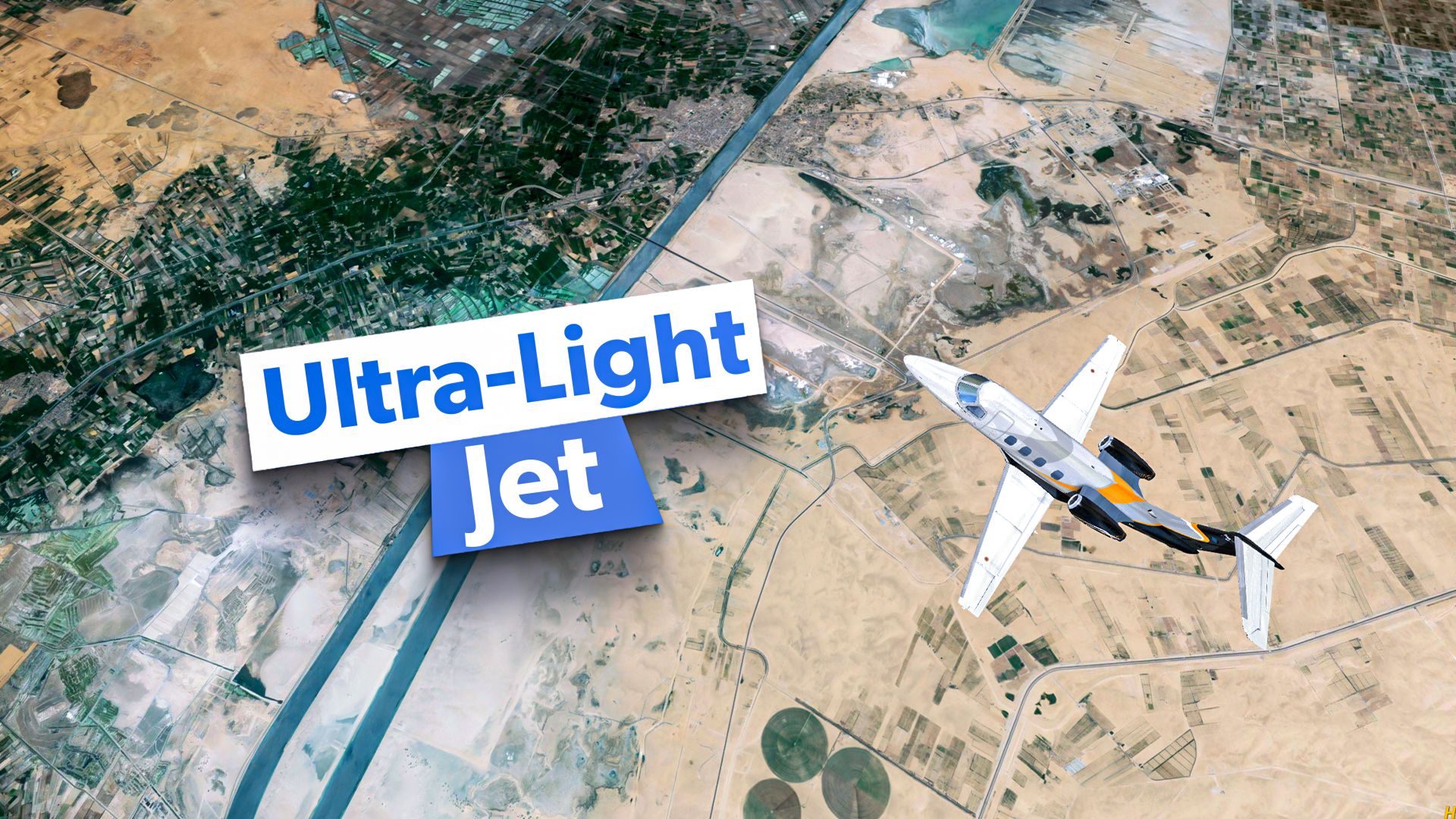Summary
- The Embraer EMB Ipanema is a unique agricultural aircraft used as a cropduster in Brazil for several decades now.
- Embraer engineers developed an ethanol-powered variant (EMB-202) in 2004, offering savings to farmers on operational expenses.
- The aircraft’s success is attributed to unique features such as lightweight propellers, a powerful engine, and better aerodynamics.
Despite being better known for commercial aircraft and private jets, the Brazilian manufacturer Embraer
has produced some unique planes over the years.
The Embraer EMB Ipanema, which took to the skies for the first time in 1970, was little more than a traditional utility aircraft for the vast majority of its life. The small, single-engine piston aircraft first began rolling off of the Brazilian manufacturer’s assembly lines in 1969 and has remained in continuous production since.
As with most small aircraft, the plane has primarily been used for several general aviation applications, with the EMB Ipanema finding a special niche as an agricultural aircraft. The 202 Ipanema has served as one of the primary cropdusters for many Brazilian farmers for decades now, and, in total, over 1,500 have entered service, according to AVweb.
However, as the turn of the millennium came around, engineers at Industria Aeronautica Neiva, a subsidiary owned by Embraer that operates out of the Brazilian city of Botucatu, began exploring the potential of an ethanol-powered variant of the plane. In 2004, the EMB-202 Ipanema, the latest model of the plane to hit the market, entered the skies as the first fixed-wing plane to be powered fully by ethanol.
This groundbreaking feat of engineering has been a major contributor to the aircraft’s success over the years, with the plane achieving a market share of roughly 80%. Let’s take a deeper look at everything that makes the EMB-202 so unique.
Development, origins, and early history
Throughout the decades following the Second World War, the Brazilian agriculture industry thrived, with new crops soon becoming staples of the nation’s economic portfolio. The country soon became a global powerhouse for the production of soybeans and sugarcane, both of which required large amounts of pesticides and fertilizers for proper agricultural production.
While initially, the distribution of these chemicals was done painstakingly by hand, the Brazilian Ministry of Agriculture realized it needed to rapidly modernize agricultural techniques within the country for its goods to be competitive on both price and quality. According to the manufacturer Embraer, this produced a unique opportunity, one which it was rather well-equipped to solve:
“Despite the advances in this area, there were not many options in the national market for aircraft specialized in spraying pesticides.”
The government agency first turned to the production of the SP-18 Onça by the Technological Research Institute, which it hoped would be able to replace the expensive cropdusters imported from the United States. However, the aircraft was unable to meet the demands of Brazilian farmers at the time, and thus, the ministry began to finance studies into what would eventually become the EMB Ipanema.
The original versions of the aircraft were low-wing, single-engine planes made of lightweight aluminum. They could carry up to 580 litres of pesticides or fertilizers. The aircraft was collapsible and able to combat corrosion, making it ideal for farmers of the time.
When the EMB-200, the first version of the aircraft, achieved certification on 14 December 1971, it proved extremely popular. Serial production commenced immediately, and the aircraft was nicknamed Ipanema, after the historic farm, which was at the time a school and agricultural aviation research center.
The original aircraft was equipped with a 260-horsepower piston engine, with serial production beginning in full in 1972. By 1974, the carrier brought around a new variant, the EMB-21, which offered three crucial improvements, among others:
- A more powerful 300-horsepower piston engine
- A new lightweight propeller
- Increased capacity for fertilizers and pesticides
A novel concept guided by economics
By the time the 1980s had rolled around, high gasoline prices were becoming a major issue for farmers’ bottom lines, which were being increasingly affected by the high operational costs of the Ipanema. As a result, the manufacturer decided again to produce a new variant, the EMB-202, which would make significant efficiency improvements. The aircraft had better aerodynamics, could offer a capacity increase of over 40%, and featured modern equipment.
Furthermore, other features like winglets were added to further reduce fuel burn. However, this was ultimately not enough as many Brazilian farmers decided to try and fuel their Ipanema aircraft with a mix of gasoline and ethanol, a biofuel that is both widely available and affordable in the nation. Some were even able to succeed with the method, but the calls for an ethanol-powered version of the Ipanema began to mount.
In 2004, Embraer introduced an ethanol-capable version of the EMB-202 Ipanema, which would soon be certified by the Brazilian General Command for Aerospace Technology on the 19th of that year. With ethanol costing only about a third as much as traditional gasoline, Brazilian farmers were drastically able to reduce their operational expenses with this new eco-friendly crop-duster. Here are some specifications for this unique plane:
|
Category: |
EMB-202 Ipanema Specification: |
|---|---|
|
Maximum takeoff weight (MTOW) |
3,968 lbs |
|
Fuel capacity |
264 liters (70 gallons) |
|
Range |
506 nautical miles |
|
Maximum speed |
140 miles per hour |
Embraer was not done improving their aircraft, with new winglets added in 2015 that improved performance even further.
In conclusion, a major breakthrough in sustainable aviation technology took place not due to state-sponsored environmental initiatives but rather due to an economic need for aircraft that used cheaper biofuels. Today, the Embraer 202 Ipanema remains in use widely across Brazil, helping farmers treat large crop fields without the use of expensive and carbon-intensive gasoline.





